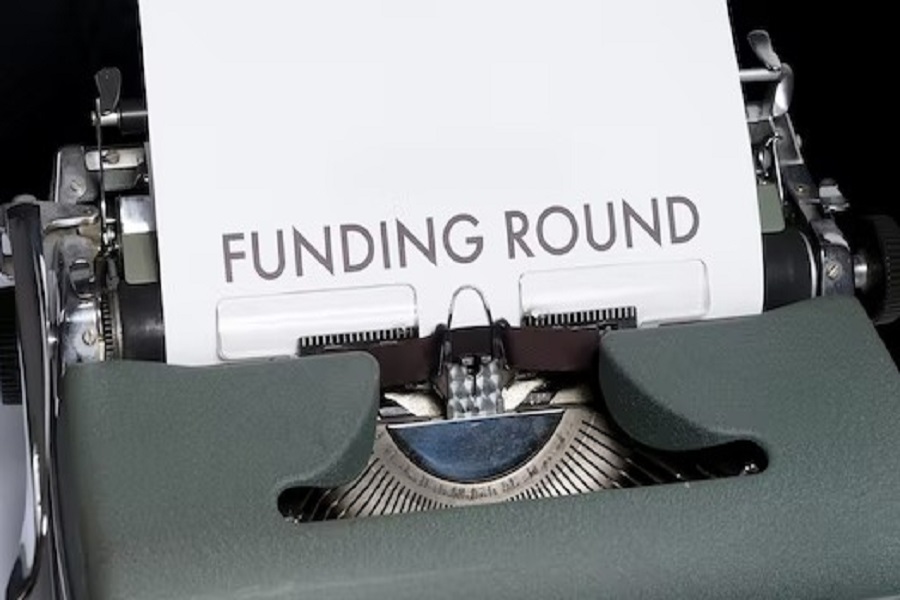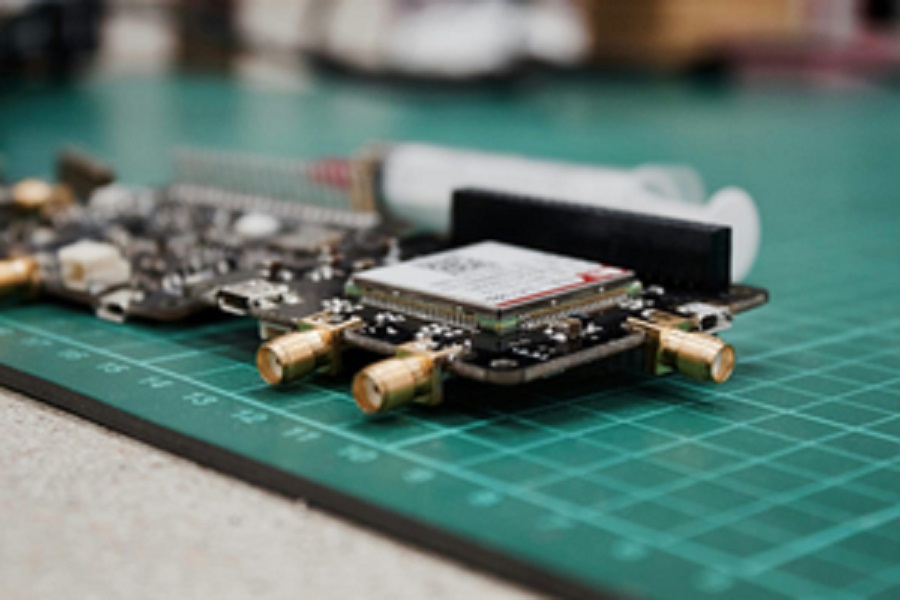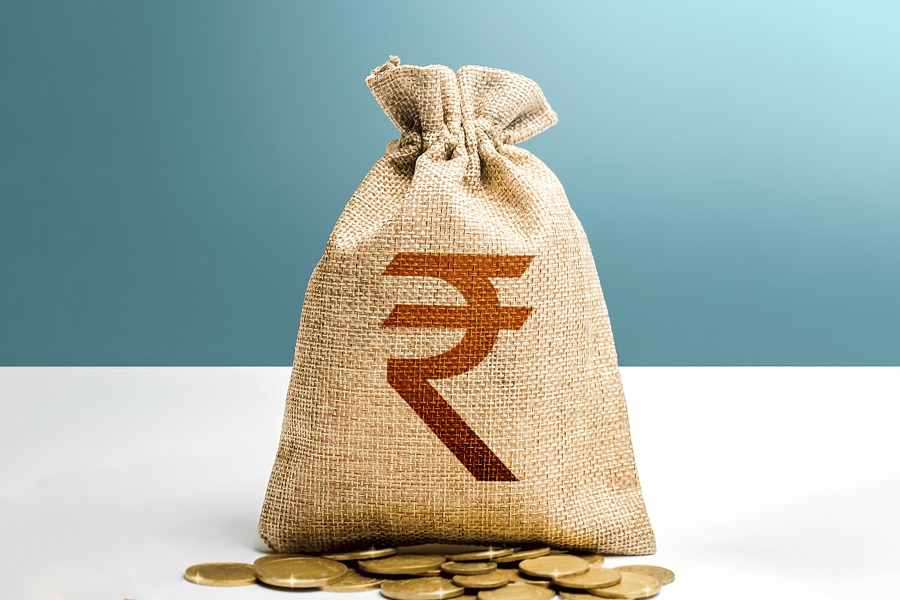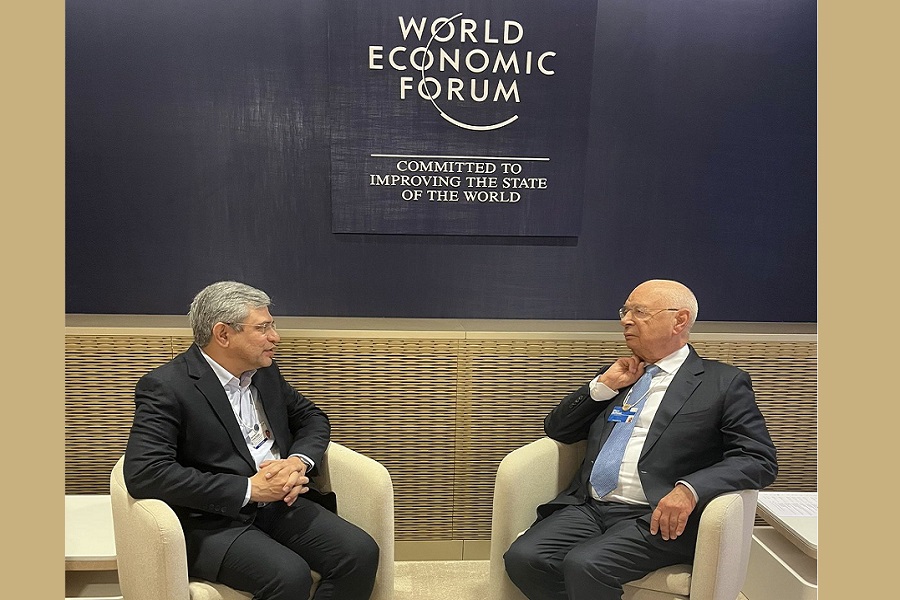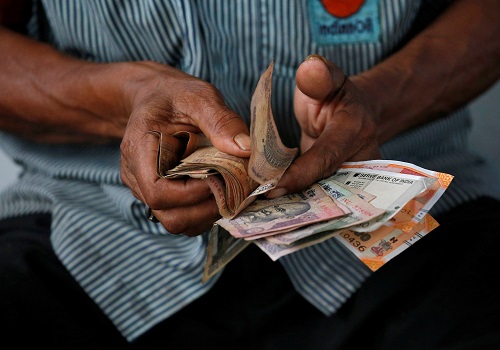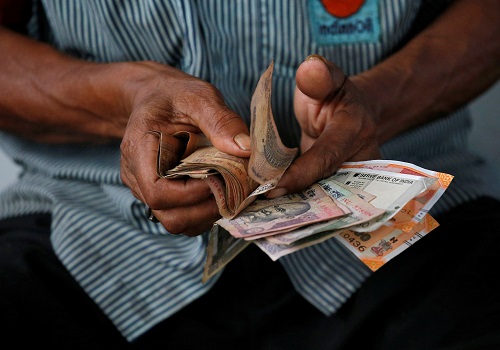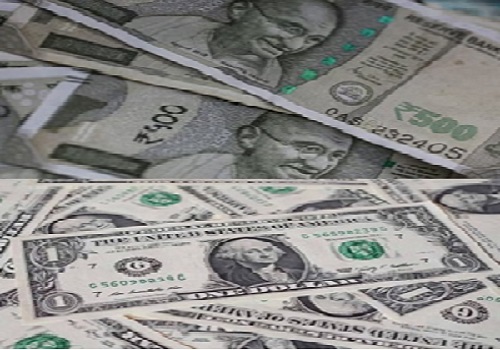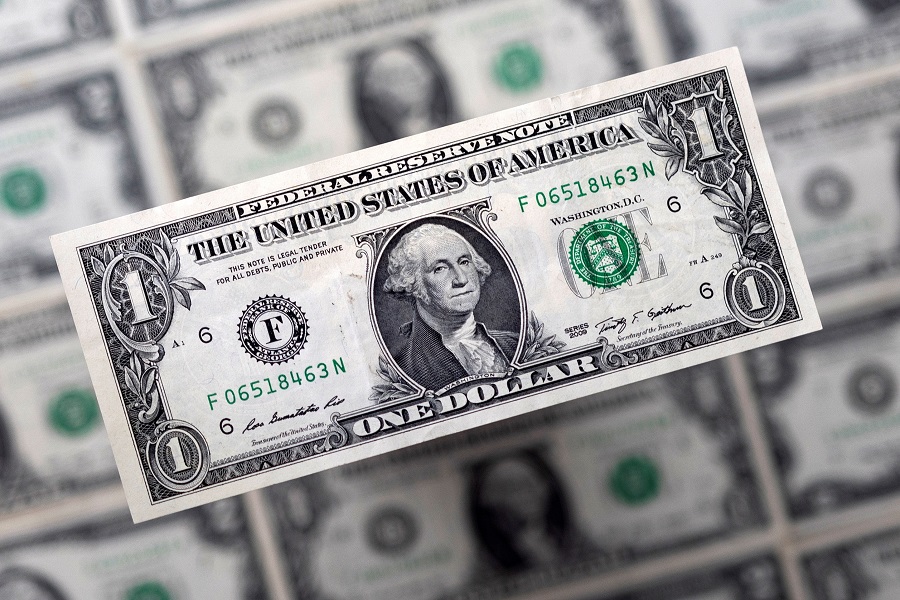Indian importers must hedge near-term exposures on USD rally risk
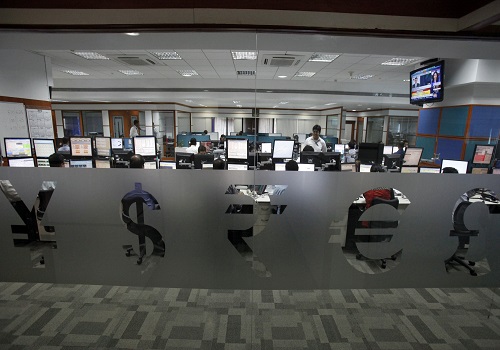
Indian importers should hedge their near-term foreign currency payments on expectations that the U.S. dollar will rally in the next quarter on the back of more Federal Reserve rate hikes, several analysts said.
The greenback is projected to strengthen against most Asian currencies in the July-September quarter, with a rate hike by the Fed at its July meeting now a near certainty, and the probability of another hike after that rising.
"Further Fed hikes and sustained U.S. economic strength will keep most Asian currencies on the back foot against the USD," in the third quarter of 2023, analysts at BofA Global Research said in its mid-year review note. They expect the Fed to hike rates by 25 basis points in July and in November.
"While the rupee remains the most attractive emerging markets currency on carry-to-volatility basis, further Fed tightening could put carry positions at risk".
Fed Chair Jerome Powell this week said two more rate hikes were likely, including increases at back-to-back meetings.
BofA sees the USD/INR climbing to 83 in the third quarter from 82.0250 currently. The rupee rose about 0.8% versus the dollar in the April-June quarter.
Data this week including U.S. GDP, durable goods, jobless claims and new home sales data have been better-than-expected, indicating that the world's largest economy is holding up well to the aggressive rate hikes to dampen inflation.
Near-maturity U.S. yields have jumped this week and the dollar index has climbed to near 103.50.
"The balance of risk is definitely towards a higher dollar," a senior forex sales official at a foreign bank, who did not want to be named on account of him not being authorized to speak to the media, said.
"When you combine that with what the Reserve Bank of India is doing and the level of forward premiums, it makes sense for importers to hedge a bit more than what their policy dictates."
The central bank has been using periods of rupee appreciation to buy dollars to re-build forex reserves and thus capping the upside on the rupee.
Thanks to shrinking U.S. and India interest rate differentials, dollar/rupee premiums are low, reducing the cost of hedging for importers.
The 3-month annualised forward premium stands at 1.3%, which means an importer can lock in a rate of around 82.30 for dollar payments to be made three months down the line.
"With spot at 82 and premiums lucrative (for importers), we are pushing our importer clients to hedge up to three months," said Kunal Kurani, associate vice president at FX risk advisory firm Mecklai Financial.
"Most of the importers are listening to us."
